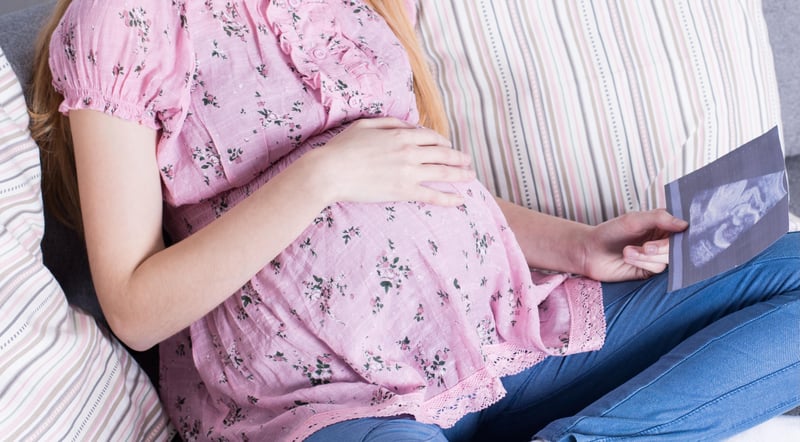(330) 876-1228
8507 Main StreetKinsman, OH 44428
(330) 876-1229

Pregnant girls who are especially young, those only 10 to 15 years old, face increased risks for complications that include preeclampsia and C-section, according to new research.
Investigators from University of Texas Southwestern Medical Center in Dallas also found that these young patients are more likely to have problems during pregnancy that are made worse by obesity.
"This study highlights the unique perinatal characteristics of a population that are not often studied in the U.S. -- adolescents between the ages of 10 and 15,"said author Dr. Anne Ambia, an assistant professor of obstetrics and gynecology.
"Knowledge of these patients' characteristics and outcomes shows that we have opportunities to intervene to prevent pregnancy and make a real difference in their well-being," she said in a center news release
Ambia, co-lead author Dr. David Nelson, division chief of maternal-fetal medicine, and colleagues searched medical records for patients under age 35 who gave birth for the first time between January 2010 and May 2021 at Parkland Memorial Hospital. The public hospital is considered a safety net that serves patients in Dallas.
Of the more than 33,000 patients they found, 868 were 15 or younger when they delivered their babies.
Researchers found stark differences when comparing this group to adults.
The younger adolescents were more likely to be Hispanic females or Black females compared to older groups.
Their pregnancies were further along when they began getting prenatal care. While adults accessed care at nearly 16 weeks and 12- to 19-year-olds did so at nearly 17 weeks, this youngest group waited until nearly 20 weeks of pregnancy. They also visited prenatal health care providers significantly fewer times.
The young patients were more likely to have eclampsia, a dangerous condition in which high blood pressure results in seizures during or shortly after pregnancy.
They were also more likely give birth before 37 weeks' gestation. Their babies were more likely to have low birth weights and to be admitted to neonatal intensive care.
Mothers in each of the three groups were overweight to obese, as shown by body mass index, a measure of body fat based on height and weight.
The young adolescents who were obese were more likely than adolescents without obesity to have preeclampsia, high blood pressure that sometimes precedes eclampsia. They were also more likely to deliver by cesarean section.
Teen pregnancies in the United States remain high, with about 3 in 10 American girls becoming pregnant before age 20. While most studies have focused on 15- to 19-year-olds, far less is known about pregnancies in younger adolescents, according to the study.
Ambia said the study highlights multiple areas for identification of at-risk groups with an eye to pregnancy prevention and improved early access to care.
Racial disparities found in this study are consistent with findings from a study nearly 30 years ago.
The study found that young pregnant adolescents were more likely to live in areas with high levels of poverty and unemployment and lower education.
Access to care remains a challenge, Ambia said.
"Only half of pregnant teenagers receive a high school diploma and their offspring are more likely than those of older parents to become adolescent parents themselves and suffer from poverty,"Ambia said. "By developing interventions to address the factors that lead to pregnancy in adolescents and worse outcomes for these young parents and their babies, we can help break this pervasive cycle."
The findings appear in the March 2023 issue of American Journal of Obstetrics & Gynecology MFM.
More information
The U.S. Department of Health and Human Services has more on having a healthy pregnancy.
SOURCE: UT Southwestern Medical Center, news release, Feb. 15, 2023
